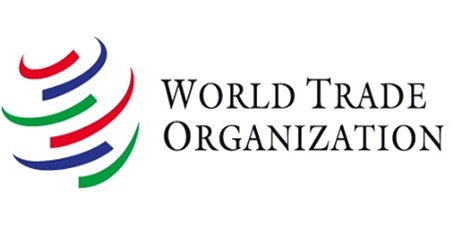A meeting of the WTO’s Structured Discussions on Investment Facilitation for Development took place on 12 December 2019. The initiative was launched two years ago and WTO members aim to make progress on this issue before the 12th Ministerial Conference in 2020. Some progress has already been made towards developing a framework for investment facilitation. The initiative currently has almost 100 participants.
WTO members have stressed the connection between investment facilitation and development and the importance of investment facilitation in pursuing the Sustainable Development Goals (SDGs). A coordinated and coherent approach to trade and investment facilitation can promote economic growth in the developing countries and the least-developed countries (LDCs).
Investment facilitation is given priority in many countries as a way to promote trade and growth. There are different approaches among WTO members but they could benefit from a shared investment facilitation framework that permits them enough room to introduce measures that are adapted to their particular circumstances.
The work on investment facilitation has been pursued in the light of the agreement already reached by the WTO members on Trade Facilitation. Although there are important differences between trade facilitation and investment facilitation there are also parallels that can be pursued in discussions.
The WTO member countries have taken relevant steps toward identifying the features of a multilateral framework for investment facilitation. Earlier this year they engaged in example-based discussions using specific cases to work out potential elements of an investment framework. In July 2019, discussions were held on a Working Document containing the outline of a potential agreement. The members now have a better idea of what is achievable, and the coordinator may prepare a ‘streamlined text’ for negotiation mode in the first half of 2020.
Possible features of an investment facilitation agreement
An investment facilitation agreement has a different purpose to that of a trade agreement as it aims to improve the institutional structure for attracting investment. Investment facilitation is concerned with improving transparency, introducing efficient administrative procedures, providing certainty for investors and maintaining a stable policy environment. The measures can create room for coordination between the interests of the investors and the domestic development policies and priorities in each country.
National Focal Points
The concept of National Focal Points envisages setting up one-stop mechanisms with the objective of clarifying the responsibilities of the various levels of government in the investment screening process. These could be adapted to suit the domestic institutions of each country but would encourage interaction between government agencies and exchange of information between the government agencies and investors. They could also have a role in dispute resolution.
Single Electronic Window
Under the WTO’s Trade Facilitation Agreement countries were required to set up a single window for traders to submit and access documentation and data in relation to the importation or exportation procedures. The single electronic window for investment facilitation could be set up along similar lines with some of the investment facilitation functions carried out in combination with the systems already set up for the TFA, subject to further work in areas where the two systems would not completely overlap.
Transparency and Improved Procedures
The WTO members could make improvements to their general regulatory environment and to the procedures for investment applications, appeals, and review processes. These improvements could increase the access to information by the various stakeholders in the investment process. Publication of development policies and of other measures affecting investors would aim to increase impartiality, non-discrimination and transparency.












